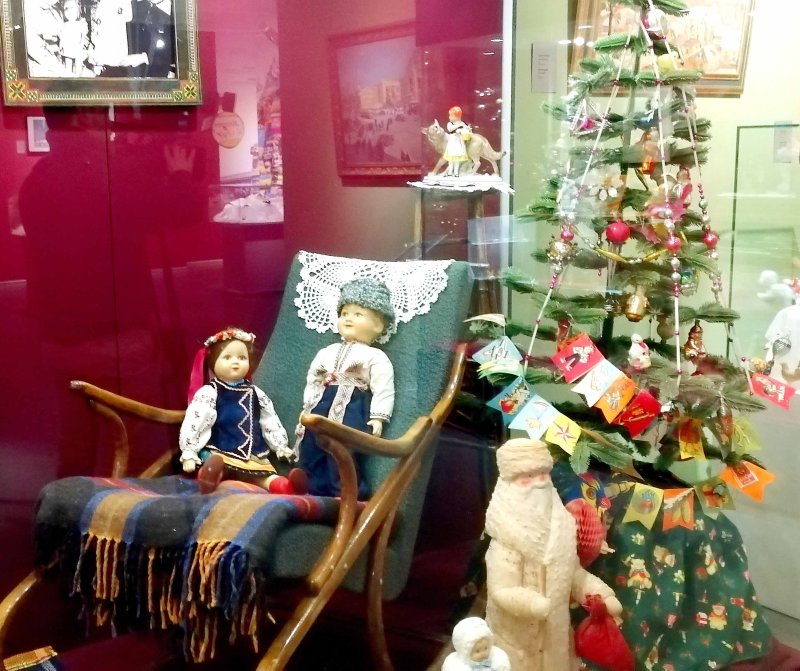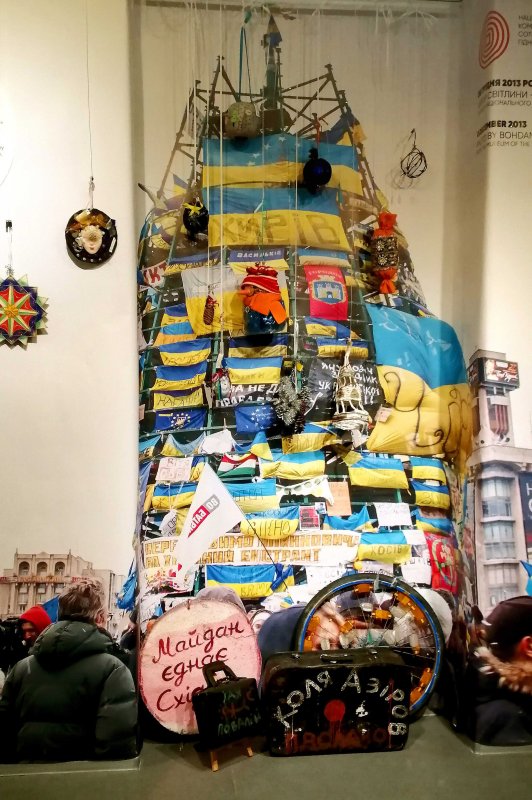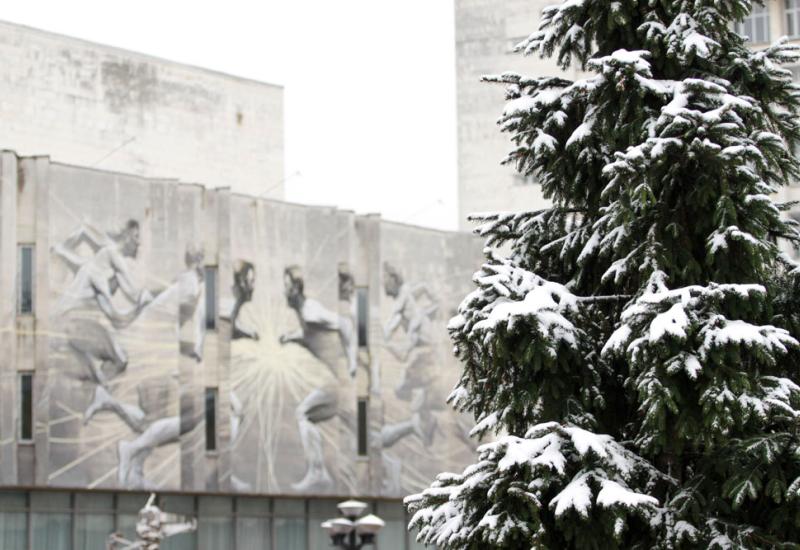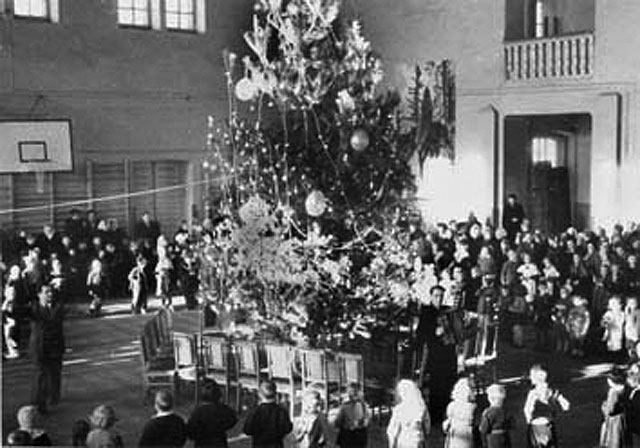Miracles do happen if you believe in them. Especially at Christmas or New Year's Eve. The Museum of Kyiv History offers to travel in time - to find yourself simultaneously in the century before last, the past and the present. The exhibition "Kyiv Christmas Tree from the XIX century to the present" has been opened here and invites you to plunge into the atmosphere of Christmas in Kyiv of different periods.

The exhibition presents the interiors of the city's homes: the late nineteenth century and the 20s, 60s, and 80s of the twentieth century. For each period, authentic furniture, exquisite clothing, and household trinkets are selected: a tin of Christmas sweets, women's jewelry, skates that are more than 100 years old; textiles, dishes, a gramophone, musical instruments, a radio, and more. A special place among the exhibits is occupied by the Christmas tree as the main attribute of the holiday and, of course, toys for it. After all, what is a Christmas tree without decorations? In each room, the green beauty is decorated with toys that were relevant at the time, from cotton and paper to exquisite glass ones: a porcelain and gold leaf Easter egg from 1907, the first figured glass ornaments from the 1920s, St. Nicholas made of cotton and papier mache from the 1930s, toys from Ukrainian artisans from the 1950s and 1960s, and so on. Each element of the exhibition is a drop of our own history, telling us who we are, how we celebrate and what we believe in.

In addition, the festive mood is created by paintings and graphic works by Ukrainian artists depicting views of winter Kyiv. Some stands feature memories of Kyiv residents about Christmas/New Year celebrations.
About Christmas in the early twentieth century, a Christmas tree was bought at the market. Before the holiday, people fasted. On Christmas Eve, before the first star, we ate nothing at all. We decorated the tree, hung homemade paper chains, baskets and hearts, and stuck candlesticks with thin candles in the branches. We would go to vespers and sit down to dinner after church. For dinner, we would have wheat kutia with poppy seed or nut gravy, rice kutia with raisins, and uzvar. In the morning, we would run to look at the gifts, which were usually modest.

About New Year's Eve preparations in the 1970s. The October Palace was teeming with children and their parents, and there was a huge line to the entrance; parents received invitations to the performance at work through their trade unions. After the performance, Santa Claus gave everyone a gift of candy, cookies, and tangerines. And at home, there was a decorated Christmas tree that the parents "snatched" at the Christmas tree market: bunny bears, rocket planes, clocks, characters from children's fairy tales, balls and flags, electric garland, often homemade. And in the fridge, there are sprats, champagne, sliced meat, olivier and fur coat, which they had been buying almost since the fall due to food shortages.
About the 1980s and 1990s. There were holiday fairs in Podil and in the city center, where people bought gifts, sweets, souvenirs, and toys. Family and friends would watch "New Year's Eve" together. Loud fireworks were set off at midnight. On Christmas Day, the children started caroling at their relatives' and friends' houses.

The Christmas tree of 2014 is a symbol of the Revolution of Dignity, changes and the birth of a new nation. Ukrainians have seen many Christmas trees "before" and "after" 2014, but no matter how expensive and elegantly decorated a Christmas tree is, it cannot be compared to the Christmas tree of 2014. Back then, Maidan activists decorated the frame of the Christmas tree with thematic posters and revolutionary slogans, and it was wreathed in flags of all countries of the world, the EU, and blue and yellow banners. The structure was crowned with a majestic trident.
About moving the main Christmas tree. In 2015, after the deaths on Maidan, the country's main Christmas tree was moved to St. Sophia Square. By the way, the 2022 Christmas tree is the most discussed because of the "enchanted hat" that Ukrainians did not accept. So she took off the headdress, which turned into a photo zone, and put on the Star of Bethlehem, which symbolizes Christmas, light, and hope. The 2023 Christmas tree was decorated with symbols of Ukrainian invincibility: blue and yellow balls, white doves, Christmas angels, and the coat of arms of Ukraine on the top. This year's version also has blue and yellow colors.

The museum's collection of antique Christmas tree decorations is completed by an incredible installation of modern Christmas tree balls called "Ornaments of Ukraine" and samples of handmade glass toys by Christmas Stories. This is a Ukrainian manufacturer of exclusive Christmas tree decorations that perform not only a decorative function, but, above all, convey the idea of preserving Ukrainian traditions and family values. They are not cheap, but they are quickly sold out. Their balls feature authentic ornaments typical of a particular area of our country, historical, literary and folklore characters, and a large series of decorations dedicated to the heroes of the war with Russia. The most popular ones are "Heart of Ukraine", "Defender", and "Warrior of Light".
Light, which is a guiding light in dark times. The light of victory, justice, faith and goodness, the light of our hearts filled with great gratitude to every soldier who protects us from the enemy every day, both on Christmas and New Year's Eve.


